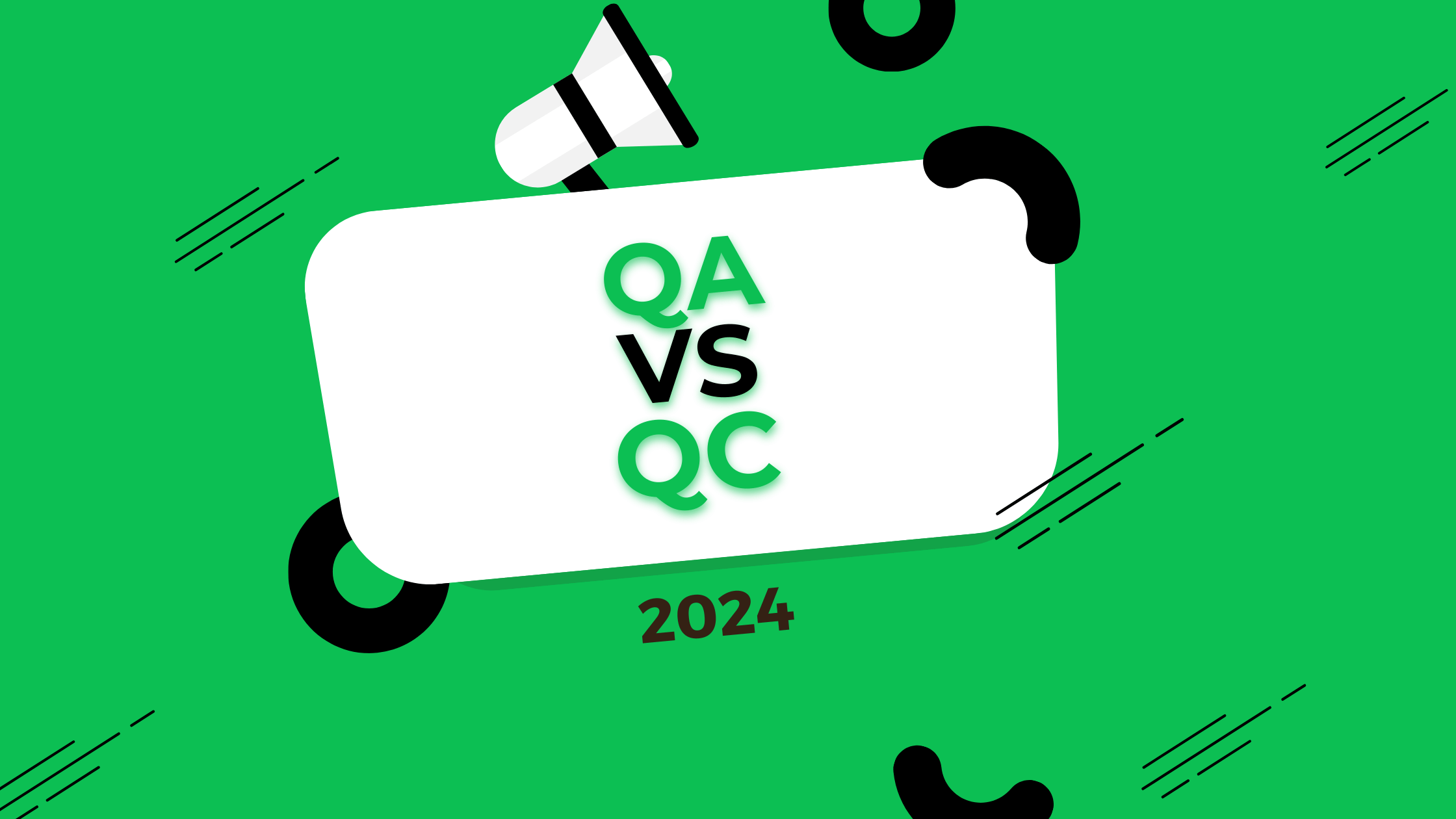Interface: What It Is and How It Works
In the world of technology and design, the term “interface” plays a crucial role. But what exactly is an interface, and why is it so important? Let’s dive into this concept and explore its various applications and significance.
Understanding the Interface Concept
An interface, in its broadest sense, is a point where two systems, subjects, or organizations meet and interact. In the context of technology, an interface is the junction between two components or systems that allows them to communicate or work together.
User Interface: The Bridge Between Human and Machine
One of the most common types of interfaces we encounter daily is the user interface (UI). This is the part of a device or application that allows users to interact with it. User interfaces can be:
- Graphical (GUI): Like the icons and menus on your computer screen
- Command-line: Where users type commands to interact with the system
- Voice-based: Such as virtual assistants like Siri or Alexa
- Tactile: Like the buttons on a remote control
Types of Interfaces in Technology
Interfaces aren’t just for user interaction. They exist in various forms within technology:
- Hardware Interfaces: Physical connections between devices (e.g.,USB ports)
- Software Interfaces: Ways for different software components to communicate
- Application Programming Interfaces (APIs): Allow different applications to interact and share data
The Importance of Interfaces
Interfaces are crucial for several reasons:
- They enable communication between different systems
- They simplify complex systems for users
- They allow for modular design in software and hardware development
- They facilitate integration of different components or services
Interfaces in Commercial Flooring
Even in fields like commercial flooring, interfaces play a role. For instance:
- The interface between different flooring materials
- User interfaces in flooring design software
- Interfaces between flooring and other building systems (e.g., heating)
Designing Effective Interfaces
Creating good interfaces is both an art and a science. Here are some key principles:
- Simplicity: Keep it easy to understand and use
- Consistency: Maintain a uniform look and feel
- Feedback: Provide clear responses to user actions
- Accessibility: Ensure it’s usable by people with different abilities
- Efficiency: Minimize the steps needed to accomplish tasks
Interfaces in Different Languages
Interfaces often need to work across language barriers. This involves:
- Translations of user interface elements
- Adapting layouts for different text lengths and writing systems
- Considering cultural differences in design and symbolism
The Future of Interfaces
As technology evolves, so do interfaces. Some emerging trends include:
- Natural Language Interfaces: Conversing with devices in everyday language
- Brain-Computer Interfaces: Direct communication between brains and computers
- Augmented Reality Interfaces: Overlaying digital information on the real world
- Haptic Interfaces: Using touch and motion for interaction
- More quality assurance implementation

Conclusion: The Ubiquity of Interfaces
From the touchscreen on your smartphone to the API connecting your favorite apps, interfaces are everywhere in our digital world. They’re the invisible bridges that make our interactions with technology possible and, when done well, seamless and intuitive.
Understanding interfaces is crucial for anyone involved in technology, design, or even fields like commercial flooring where different systems meet. As we continue to develop new technologies, the role of interfaces will only grow more important, shaping how we interact with the world around us.
Whether you’re a user navigating a new app, a developer creating a software interface, or a designer working on the next breakthrough in user experience, interfaces will continue to be a fundamental concept in our increasingly connected world.












